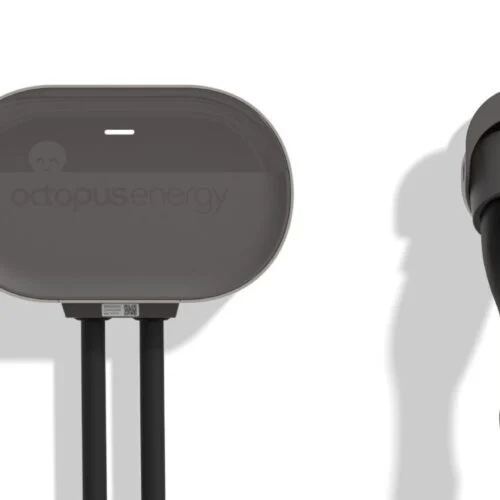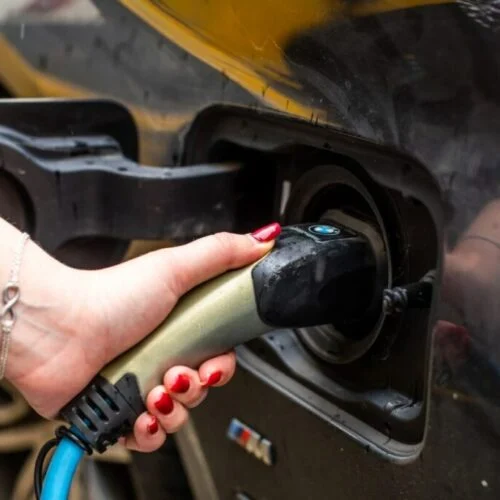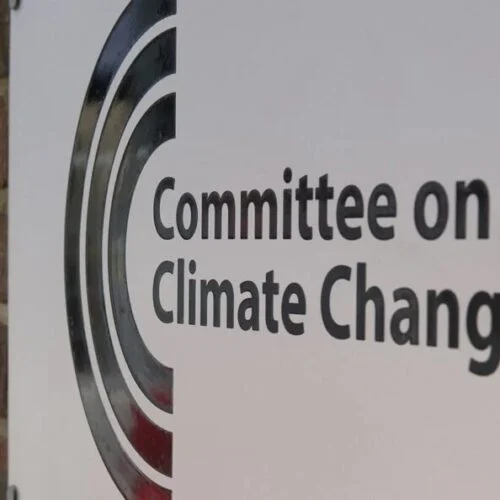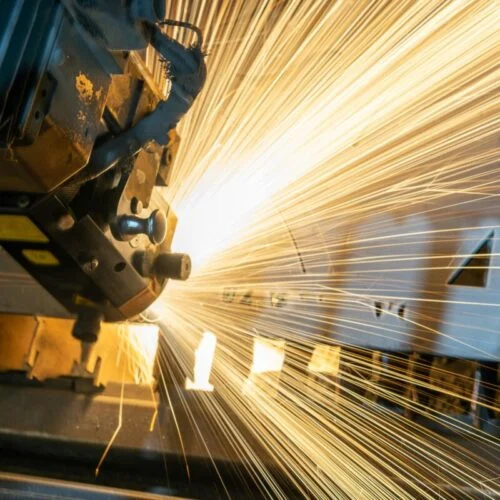Ofgem published its framework for the third electricity distribution price control period (RIIO-ED3), starting April 1, 2028, on 30 April.
The period covered will see an increased focus on customer interruption (CI) and customer minutes lost (CML) as performance metrics against which distribution network operators (DNOs) will be evaluated.
Ofgem said that compared to the RIIO-ED2 period, “DNOs will be more strongly held to account for the quality and subsequent delivery of their plans”.
Increasingly, reliance on electricity as a result of the energy transition means that the implications of power cuts have a growing impact.
A report published in February by the National Infrastructure Commission found that annual electricity network investment must double by 2050 to ensure rising demand from renewables can be met. EA Technology delivered the underlying in-depth electricity distribution network capacity analysis and financial modelling to support this.
Current± hears from Dr David Mills (Head of Consulting) and Dr Waqas Javed (Net Zero Transition – Reliability Manager) at EA Technology’s Net Zero Transition Team, which is focused on equipping energy networks with a deep understanding of how enabling the energy transition interacts with system resilience.
Why is sustainability increasingly such an important part of business strategy?
There are several reasons that businesses are shifting their focus to sustainability.
Government legislation has been a key driver, with governments and local authorities introducing policy and stricter environmental regulations that work towards net zero goals.
The penalties for noncompliance mean there is a strong business incentive to plan for sustainability upgrades.
As well as a reluctance to change, investment incentives are a reason for businesses to ensure sustainability features in their plans. Investors are prioritising companies with strong environmental, social, and governance (ESG) credentials.
As sustainability becomes a priority, access to capital hinges on a company’s commitment to sustainable practices. Customer expectations also increasingly hinge on a company’s sustainability.
Consumers are more environmentally conscious than ever and prefer to support businesses that demonstrate environmental stewardship. This shift in consumer behaviour means companies need to demonstrate how they are delivering net zero as a competitive differentiator.
On the consumer side, as well as preference, demand is shifting as adoption of new technologies like EVs, solar panels and electrified heat picks up. Changing expectations mean businesses are integrating greener solutions into their offerings.
What impact do evolving business sustainability strategies have on the performance and design of energy networks?
Evolving energy use is reshaping energy networks by creating new demands for resilience and adaptability. EA Technology is analysing customer behaviour, new technologies and those emerging sustainability pressures mentioned above to provide energy networks and users with actionable insights to support the drive to net zero, through advanced network simulations and assessments.
This offer enables networks to adapt their design and performance strategies to maintain robust, resilient systems in the face of growing demand and changing operational requirements.
With more than 50 years’ experience working alongside electricity networks, regulators, and government departments, EA Technology’s Net Zero Transition team is uniquely positioned to guide owners and operators of electricity networks through these challenges.
Our comprehensive support utilises inhouse toolsets to provide detailed analysis, leveraging decades of experience to feed into thought leadership, and the co-development of innovative products and services. This collaborative strategy not only helps energy networks address the complexities of evolving energy demand but also ensures they remain at the forefront of the next system challenge.
EA Technology’s network reliability work directly complements this by quantifying how sustainability-driven changes, such as widespread electrification and decentralised energy generation, affect system performance and resilience.
Through advanced simulations, we help networks understand where reliability risks may emerge as a result of changing demand patterns, evolving load diversity, and more complex fault scenarios. These insights ensure that performance strategies remain grounded in real-world reliability requirements, not just theoretical capacity planning.
What are the challenges of this? What role does a network reliability assessment play?
As the grid evolves to accommodate more low carbon technology, alongside changing energy use, challenges such as aging infrastructure combined with customer acceptance of resilience and increased exposure to extreme weather, the impact of power cuts become more acute.
For example, a single failure in a critical node can cascade into widespread disruption. Not only does such a failure compromise system stability but also exposes the vulnerability of backup and contingency arrangements, potentially leading to prolonged outages and significant economic losses.
A thorough network reliability assessment is essential in this context. By simulating various stress scenarios and evaluating the performance of key grid components, these assessments identify weak points and inform targeted investments in infrastructure upgrades along with testing novel operational strategies.
EA Technology’s expert analysis enables energy networks to use informed probability assessments of CI to configure networks and carry out asset investment in a cost-effective way. The aim here being to increase the resilience of the customer’s electricity supply while also delivering against increasingly tough regulatory targets.
Our team’s delivering network reliability assessments with multiple DNOshighlights how a more proactive, data-led approach to reliability is essential. By combining Monte Carlo simulations with real-world operational constraints, we help networks understand the interruption risk to their customers. This allows networks to identify not just where to invest, but when and why, maximising value for both customers and regulators.
How can customer interruptions be mitigated?
Mitigating these issues requires a multi-layered approach, combining technical analysis with strategic investment and proactive asset management. EA Technology enables energy networks to tackle these challenges head on through comprehensive network resilience assessments that identify vulnerabilities across both high and low voltage systems.
Our proprietary simulation engine Target allows us to forecast a range of scenarios and model system behaviour under varied conditions. This process highlights areas of risk and guides interventions or automation opportunities for existing infrastructure.
Further support comes in the form of our asset management and investment decision support tool, INVEST, helping to prioritise capital expenditure and streamline upgrade strategies.
Alongside this, EA Technology’s collection of low and high voltage monitoring products supply intelligence from the grid-edge in the form of actionable insights to allow energy networks to more accurately understand the loading and condition of their assets in real time.
In the short term this helps to inform network investment decisions. In the long term it provides the capability to automate network configuration in response to evolving conditions.
With our proven track record, our integrated approach ensures that energy networks remain robust, resilient, and well-prepared for the demands of the energy transition.
What sets these solutions apart?
In the reliability domain, we deliver next-generation solutions through platforms like Target, allowing us to forecast and quantify failure risks across entire networks.
These capabilities are being applied in cutting-edge projects with DNOs and in the development of Smart Local Energy Systems, where local reliability is becoming as critical as system-wide capacity. Our work provides technical answers and builds strategic foresight into how networks should evolve over the next decade.
Find out more about EA Technology’s Net Zero Transition Team here.





